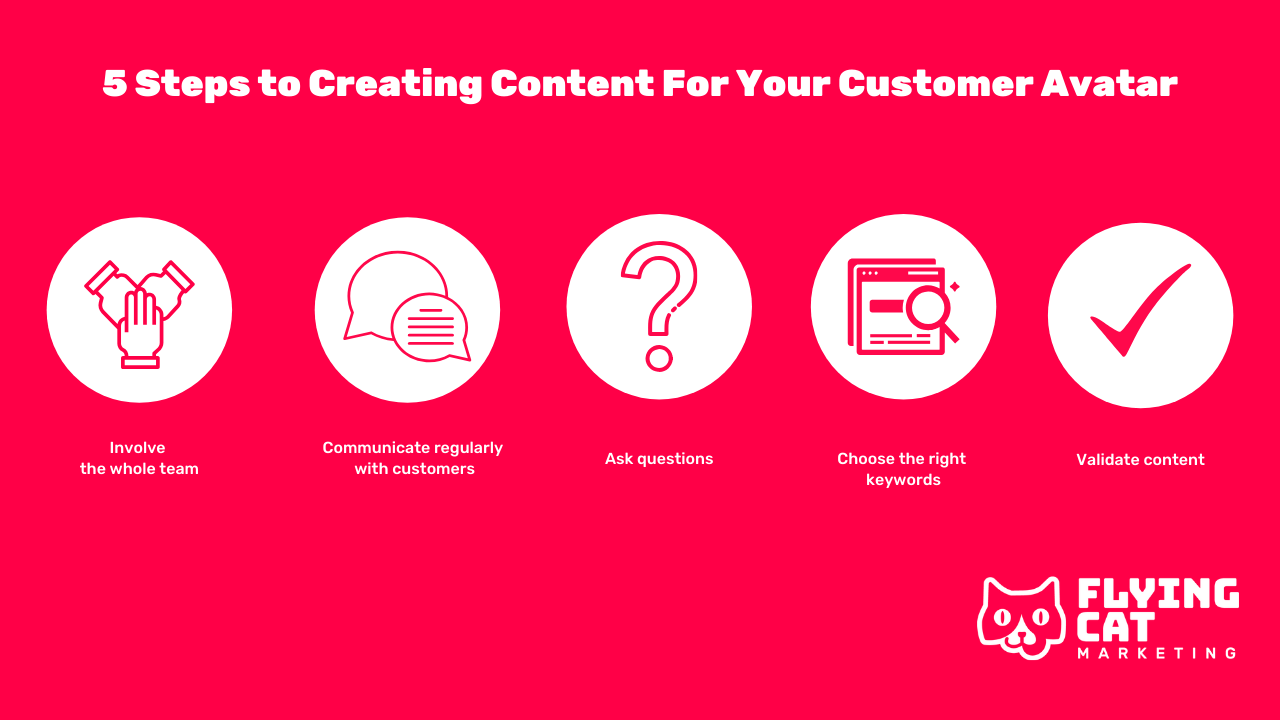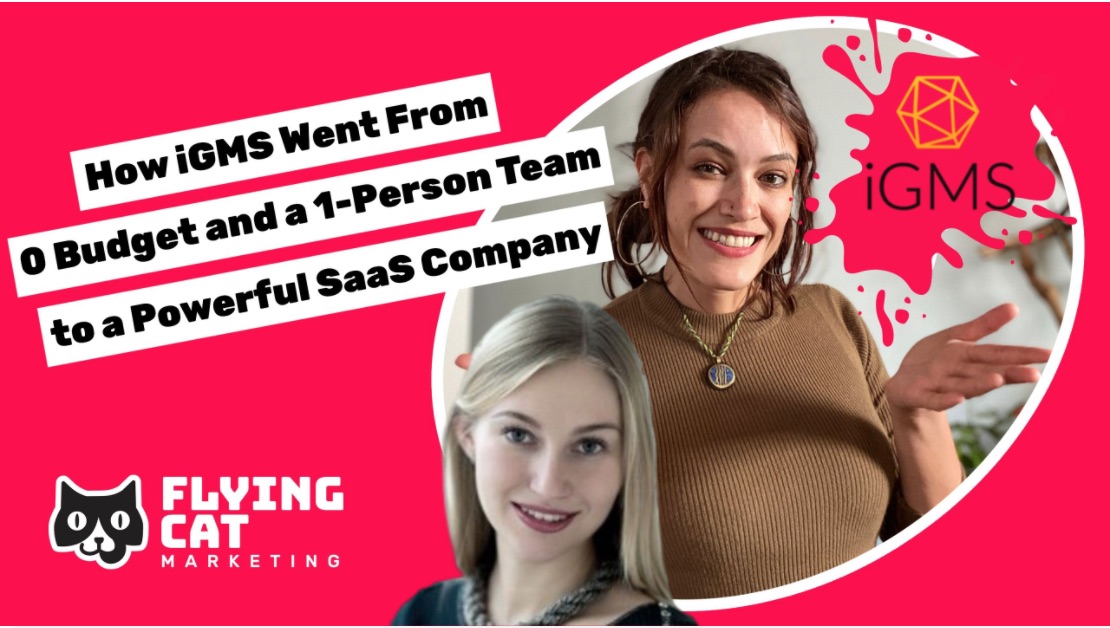Even in the face of lockdowns and travel bans, the short-term rental tech industry continues to grow.
Short-term rental tech and vrtech industry is booming with emerging players.
Most short-term rental operators like to manage things remotely and provide a seamless experience to their guests. They need technology to help them distribute and promote their listings at scale.
But short-term rental operators, their target, are tightening their belts and rethinking their expenses.
They want to be sure they invest in software they can trust. The current state of vrtech is overwhelming – with new players, even venture-backed, popping up rapidly.
This avatar is a self-taught entrepreneur. They spend most of their time learning how to build their hospitality business online – namely, searching on Google.
That’s where audiences first connect with brands, and a brand’s first opportunity to build trust.
Today I spoke to Inna Shevchenko, CMO of iGMS, about how she grew iGMS from a 1-person marketing team with a very small budget to the highly trusted property management software they are today. Launched in 2015, iGMS now helps customers from over 49 countries oversee the management of almost 90,000 property listings worldwide.
[tcb-script src=”https://www.buzzsprout.com/1399351/5854030-6-how-igms-used-content-to-scale-from-near-0-budget-to-a-leading-saas-company.js?container_id=buzzsprout-player-5854030&player=small” type=”text/javascript” charset=”utf-8″][/tcb-script]
In this interview, we discuss:
✅ How iGMS used their blog to generate leads
✅ How search intent guided their content strategy
✅ Why higher traffic keywords aren’t necessarily better
✅ How to make sure your content truly resonates with customers
✅ How they got direct feedback on their content and product
✅ Why you always need to segment your audience for success
How iGMS used their blog for lead generation
Startups with small budgets need to be smart about which marketing channel to focus their budgets on.
Paid ads aren’t really an option since 80% of the budget usually goes to testing and it’s difficult to scale without money.
Google was iGMS’s first content distribution channel and grew their user base via SEO and user-focused content.
User-focused content meant they answered questions like:
- How can I market my vacation rental property?
- How can I protect my property against squatters?
- Where can I buy Airbnb furniture?
- Do I need a rental user agreement?
This approach allowed iGMS to scale their marketing team to 12 people and their user base to 90k.
One step ahead of the game, Inna also understood that topical relevance and search intent are more important than keywords.
If you don’t understand the intent of your searcher, the keywords you use won’t matter.
Even promising keywords with a monthly search volume in the thousands don’t necessarily produce results.
What she found was that search intent and conversations need to precede keyword research.
We wrote a guide on how to interview your customers for your content
Search intent led their content strategy
Google’s mission is to provide answers to searchers.
It’s not to promote certain pages, and it’s not to reward keyword-stuffers or content for content’s sake.
Its algorithm is sophisticated enough to understand search intent. Even when searchers use keywordese (the way we write search queries, which does not resemble the way we speak in real life), it beings to understand which pieces of content delivers the answer.
It can tell by seeing how many people stay on your page, how much time they spend reading it, and by using the 100s of ranking factors that Google will never reveal.

Inna and her team understood search intent, which meant to focus on long-tail keywords and specific questions. She’d spend time talking to users, asking them what their challenges are, and then create content for them.
When she didn’t have access to the hosts directly – she’d spend time where they are. In Facebook Groups, online forums, and places where they’d express their concerns or needs. She only looked up keywords after she came up with a list of topics she’d be sure would help her readers.
Higher traffic keywords aren’t always the answer
Higher traffic keywords don’t translate to more revenue.
If you look up ‘property management’ in Ahrefs, you’ll see that there are 79,000 monthly searches for this keyword.

That’s a lot of searches.
But what could a person typing those two words be looking for? It’s hard to say.
If you judge it based on the top results on Google, it’s most likely somebody looking for a property management company, or to learn about what property management is.
It wouldn’t really make sense for a vrtech company to try to rank for this keyword. Sure, property management is directly related to property management software.
But what problem does this keyword solve for anyone?
Does content targeting this keyword answer specific questions that her avatars have?
Does this keyword help build trust?
More importantly, how are they actually going to rank for it?
Targeting lower-volume, but more specific keywords is what makes iGMS rank on the first page when property managers have questions they need answered.
Customer experience should communicate to the content team regularly
As iGMS’s team grew, they placed special importance on the customer experience team.
Their whole product is based on iterating and improving to best serve their users.
Their customer experience team does two things: help customers and then report back to the rest of the team. The customer experience and content team meet weekly to exchange information and make sure that all the feedback they’ve received from customers gets injected back into the content strategy.
This isn’t only important for content creation. Just like Hostfully used customer feedback to pivot, in 2019 iGMS rebranded when it disovered many of its users didn’t only use Airbnb. Some people were strictly on Booking.com or other platforms, and it changed from AirGMS to iGMS. Its content changed with it.
Qualitative research with direct feedback
Inna is particularly proud of iGMS’s horizontal structure.
There’s no bureaucracy holding back decisions. Everybody has a winning mindset, everybody communicates with the customer experience, and each team member has complete ownership of their responsibilities.
This works because of their communication strategy. Everyone gets feedback from the customers and then regularly reports back to the team. It’s the only way content and product can stay aligned and productive without needing too much top-down approval.
In terms of content, Inna told me they never just publish a piece and call it a day. For instance, in 2020 they published a roadmap for where they’d go with the product.
Then they asked for open feedback from their customers.
Is this what they’d hoped for?
Will this be useful to them and their businesses?
What would they change?
They were overwhelmed with the helpful responses from their users.
According to Inna, their users are their most valuable source of inspiration.
Building accurate segments
Another thing Inna and her team understood is that not all content works for all of their users.
One tool can have several use cases, and hosts have a range of different kinds of businesses.
There are different business models in the short-term rental space: from master leases, to property management, to simply renting out your extra bedroom.
There are hosts with only a couple of properties and then professional corporate business owners with more than 500. You simply can’t provide the same content to both.
One of her focuses as the CMO of iGMS was to accurately segment user groups. Each piece of content would be focused on one problem for one user. They made sure to speak to different kind of hosts to understand the range of problems.
Why content is the strongest tool in your arsenal
Ads have good short-term reach, but they don’t build trust when users are looking for support.
Content marketing is how you provide that support, how you can give without expectations.
With 2020 reaching deeper and deeper into our pockets with little end in sight, trust is going to be the most valuable asset that a company can invest in.
We wrote a guide on how to interview your customers for your content
